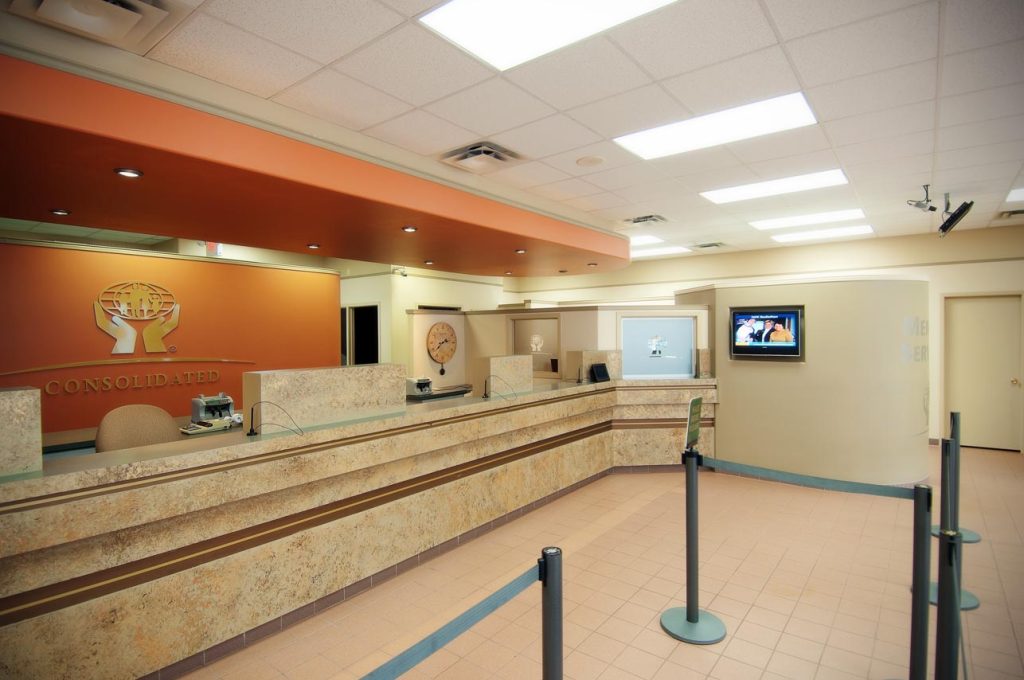Law Firm Marketing to Beat your Competition Without Lifting a Finger
Most legal firms are behind the digital times. Benchmark indicators of digital transformation, such as having a responsive, mobile website, or local map listings, are hard to find in the legal world. Because most firms are investing more than 60% of their marketing dollars into buying cold leads, rather than updating their digital presence, implementing …
Law Firm Marketing to Beat your Competition Without Lifting a Finger Read More »










